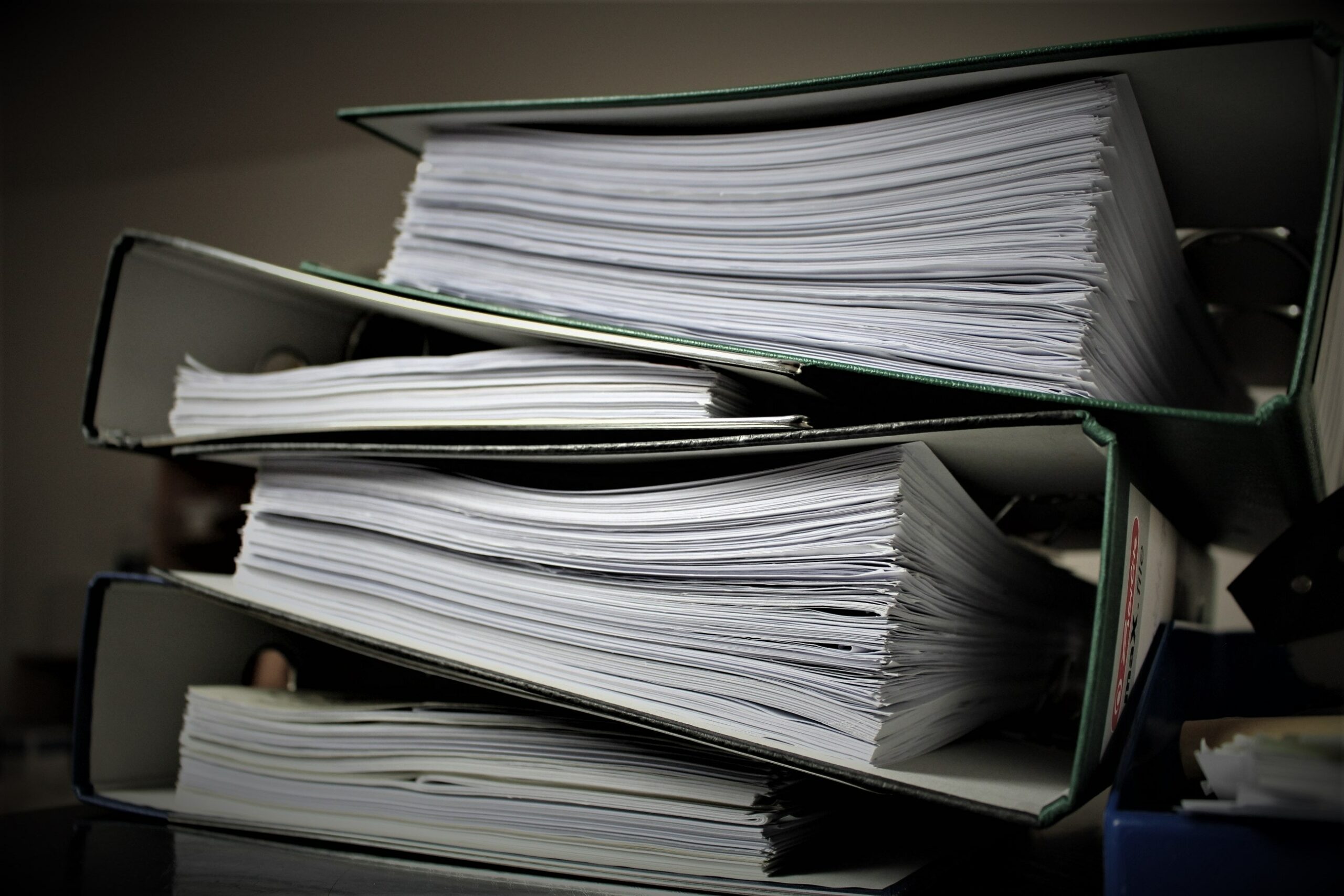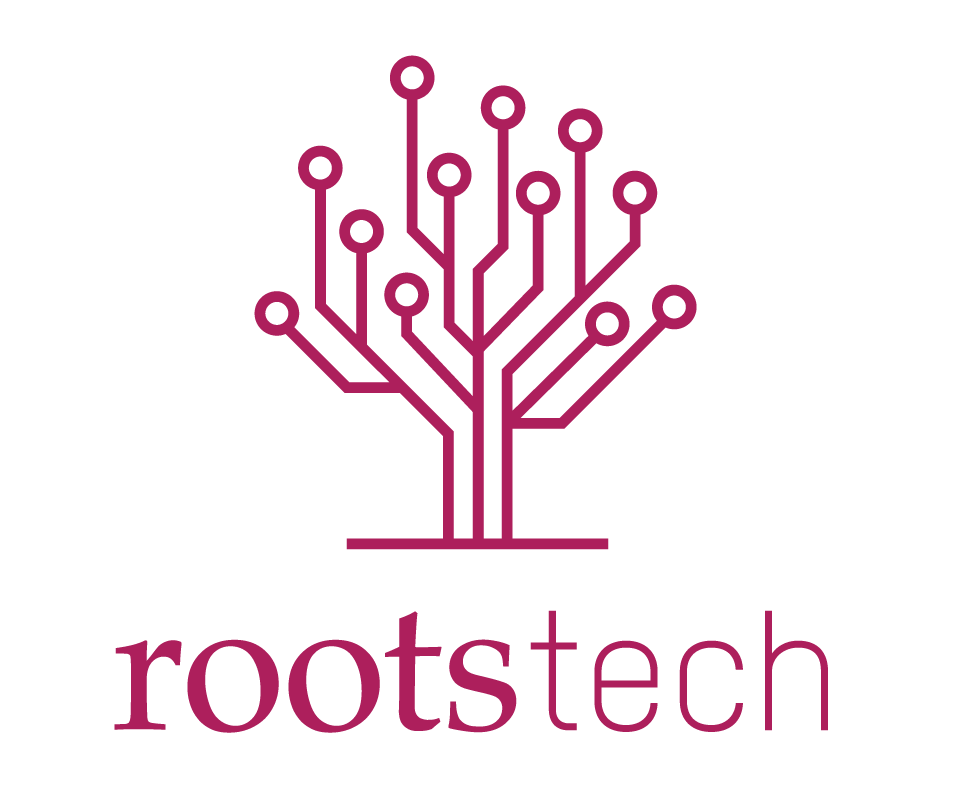
Now that the hard work of arranging, describing, and digitizing your collections is complete, it is time to think about the proper care for the physical items themselves. Digitizing is great for sharing and preserving, but handing the real thing can be more magical than looking at a digital image.
Physically Storing Your Collection
Digitizing alone will not preserve your documents. It is important to care for the physical materials as well.
Environment:
One of the easiest ways to help protect your collections is to make sure your materials are in a stable environment with limited temperature and humidity fluctuations. Paper is affected by the moisture in the air, and if it is housed in damp environments, it will grow mold. Temperature fluctuations cause documents to become brittle or to warp, or other effects which damage the document. Light will also damage objects, especially documents with color. Prolonged exposure to sunlight causes materials to fade. You can see this when you finally move a rug that has been left on your floor for a long time. It is recommended that your collections are stored in dry (but not too dry) and dark places. This means typically not the basement, attic, or garage unless you can control the temperature and humidity.
Housing:
Another way to combat environmental damage is to create a microclimate, which basically means putting objects in a box. Putting materials in various enclosures help protect them from the fluctuations of the environment they are stored in. For a paper document, this starts with a folder. Folders should be acid-free, and you will want to put items in legal-size folders. A legal-size folder will allow for documents of various sizes to be protected without being folded. You want to avoid folding paper because long term creasing can cause damage to the document and make it hard to handle safely (see image 1).
Image 1: Example of a flattened legal-sized document in a legal-sized folder.
The box where all the folders are stored will also provide additional protection from the environment. The archival standard is acid-free cardboard boxes or smaller document boxes. However, these can be expensive for the everyday person and do not necessarily protect documents from water damage, such as a flooded basement. PVC-free plastic document boxes can be used to store your collections. It is important to label your boxes as well. This can be as simple as getting large label stickers and writing down the collection and box number on the label and sticking it to the outside of the box. This is to help you know what is in your boxes so you can find your physical items, just like properly labeling digital items allows you to find the desired file.
What about oversized items?
Does your collection contain items that will not nicely fit in a legal-sized folder without being folded? You can still put those items in a folder, and not bend them, or you can store them flat in a larger box (either an acid-free box or a PVC-free plastic box) that will fit their size. Don’t forget to label the box!
What to do with an old newspaper?
Newspapers are so acidic, no amount of acid-free materials will stop them from becoming brittle. It is recommended to digitize the newspaper and dispose of the physical copy, as long as it is not a rare or unique newspaper, such as ones from smaller communities. Newspapers.com and the Library of Congress Chronicling America both have a large number of old newspapers digitized and easy to search.
Where do I get these materials?
To help you out, I compiled an Amazon Idea List of my recommended products to help store your family documents: https://a.co/hWBYaeA
In addition, you can buy archival quality materials from Gaylord and Hollinger Metal Edge where most archives and museums buy their supplies.
Or!
If you have a local Container Store, they supply archival-quality material.
Thank you for staying with me as I walk you through the archivist way of processing and preparing your documents for digitization, and sharing with your friends and family. This included how to organize your documents, how to describe them, the process of digitization, and how to physically care for those documents. But documents are not the only materials to save in your family archive. So stay tuned; I am not done yet!

